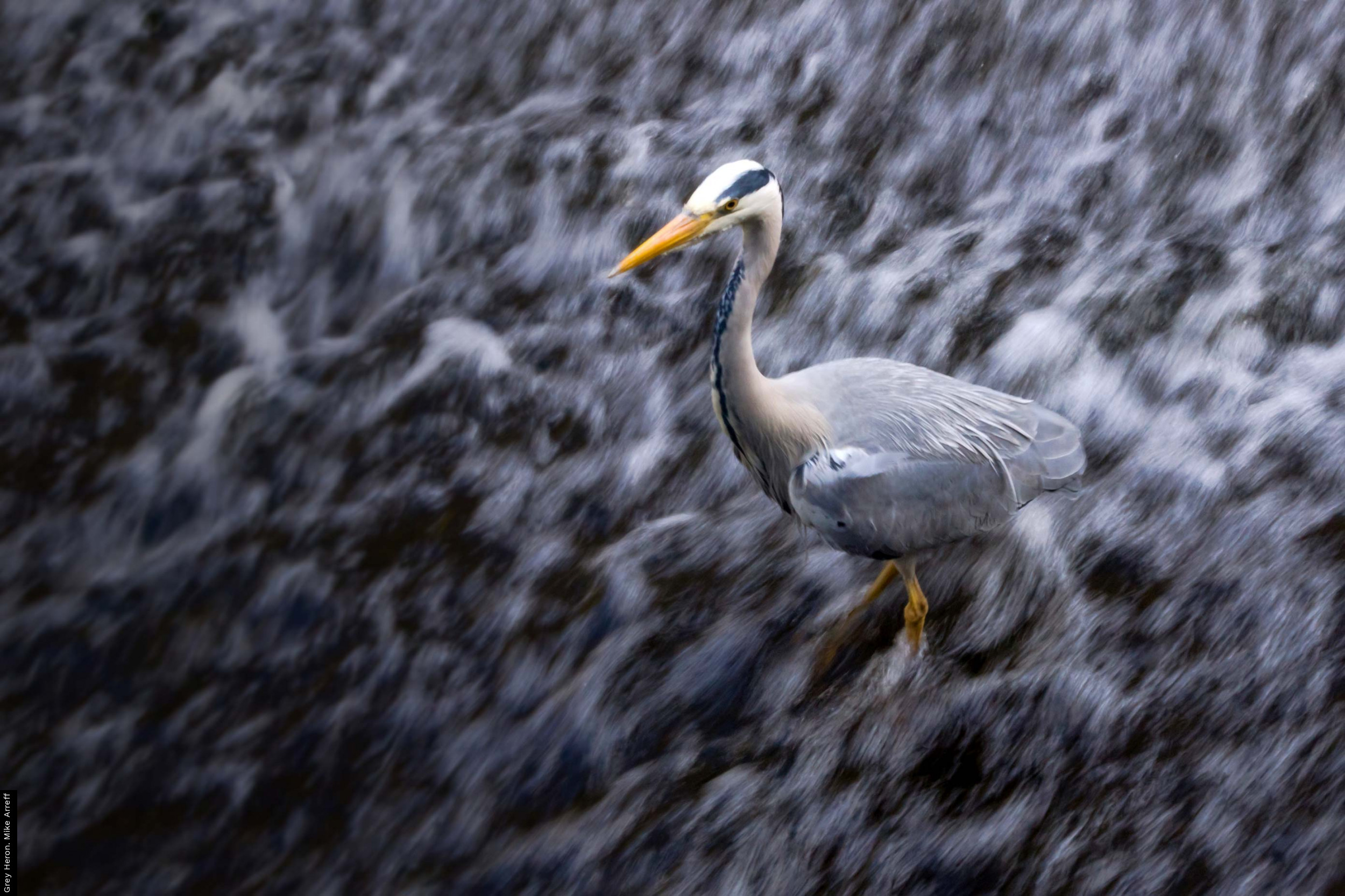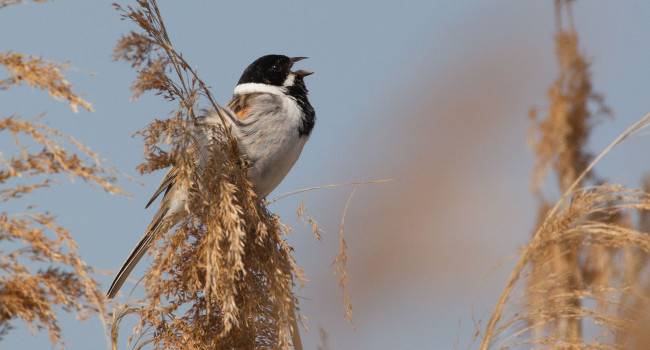Taking part
%20(Jan%20Pritchard)%20(A)/index.jpg?itok=l-Q-tFF_)
Heronries Census nest counts are made by BTO volunteers, including birdwatchers, reserve wardens, landowners and foresters. Help from people with special access to private or remote heronries is especially welcome.
Coverage is coordinated through a network of regional organisers who match heronries to counters and try to avoid double counting.
- The first step in contributing to the Heronries Census is to check the known vacant sites map, and select a square in order to contact the BTO Heronries Census Regional Organiser for that square.
If you just want to make a general enquiry, or pass on some information (for example if you are aware of a heronry that is missing from the sites map), you can use the map to contact the relevant RO, or alternatively email herons [at] bto.org.
- Note that in addition to Grey Herons, the Census monitors Little Egrets and other scarcer species that nest in heronries, as well as tree nesting Cormorants, and includes any sites where Little Egrets and Cormorants are nesting even if Grey Herons are absent.
Making a count of 'apparently occupied nests' at a heronry is often very straightforward but is tricky when the nests are obscured by foliage. No specialised ornithological knowledge or experience is required. Clues such as droppings or hatched eggshells under nests can help observers decide whether a nest is in use.
Access is needed under the nests or to nearby vantage points from which the heronry can be viewed. In many cases this may require landowners' permission. More detailed instructions are available from the Resources section below.
Even if no nest count can be made, a report indicating whether or not the heronry is in use, and if so by which species, is valuable for monitoring.
Online data input is encouraged where possible. Counts can also be submitted using the Recording Sheet (below), but can be accepted in any format.
Around two-thirds of all heronries in England, Wales and the Isle of Man are currently counted each year. Historically rather few counts have been made of heronries in Scotland and Northern Ireland, but support for the Heronries Census there has been growing fast in recent years. The number of active heronries counted in the UK is now well over 500 each year.
Health and safety
Heronries Census participants are asked to bear in mind that counting heronries can often bring risks to personal safety, and are reminded to minimise risk and take all proper precautions.
- The BTO's health and safety information should be studied before any fieldwork is started.
Once you have been allocated one or more heronries to count by the Regional Organiser, you can input, view and edit your Heronries Census data online using the buttons above. Note that if you are not already registered for BTO Online Surveys, you will need to register before the RO can allocate a site to you.
Resources
- Survey Instructions for Volunteers (PDF)
- Species Guide (PDF)
- Field Recording Sheet (PDF) - for use if required. For larger heronries or those with sub-colonies you may prefer to use a notebook in the field before transferring results to a recording sheet or enter them directly into the online system).
- Guidance on Rarer Species (PDF) - for use if required. Contains additional advice about surveying for rarer species including Little Egret.
- Drones and the Heronries Census (PDF) - for reference if required.
- Quick Reference Guide to Online Data Entry (PDF)






Share this page